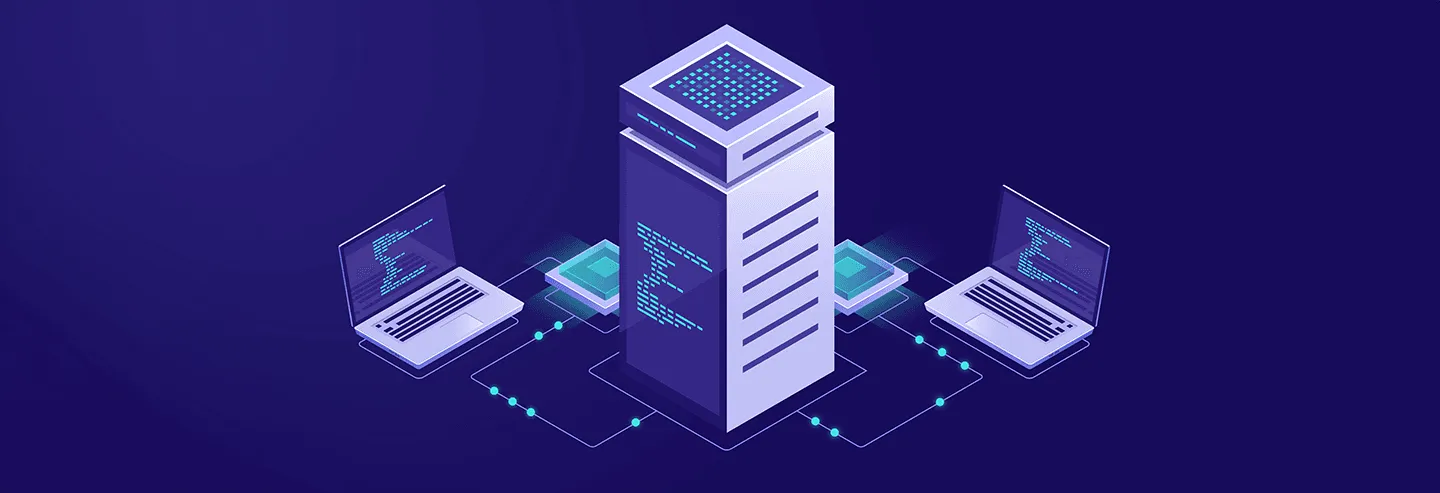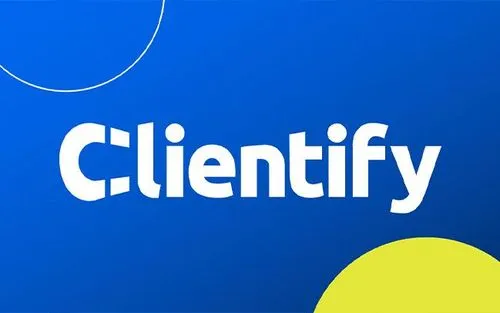What is Kubernetes?
It is an open-source platform designed to automate the deployment, scaling, and operation of containerized applications. Originally developed by Google, Kubernetes has become the de facto standard for container orchestration. It offers features such as load balancing, automatic scaling, automated deployments, and auto-recovery, making it easy to manage complex applications.
Recent Advances in Kubernetes
Security Enhancements
Security has been a priority in the development of Kubernetes. Recently, significant improvements in security policy management have been introduced, such as the integration of tools like OPA (Open Policy Agent) and Kubewarden. These tools allow security policies to be defined and enforced in a more granular and effective manner.
Scalability and Performance
Scalability and performance have been enhanced with the introduction of new features such as automatic horizontal scaling (HPA) and automatic vertical scaling (VPA). These enhancements enable applications to scale more efficiently in response to demand, optimizing resource usage.
Integration with AI and Machine Learning
The integration of Kubernetes with artificial intelligence and machine learning platforms has opened up new possibilities for advanced application development. Tools such as Kubeflow facilitate the implementation and management of machine learning workflows in Kubernetes, allowing developers to leverage the container infrastructure to train and deploy AI models.
What is Serverless Computing?
Serverless computing is an execution model in which the cloud provider automatically manages the infrastructure needed to run the code. Developers need only worry about writing the code, while the provider takes care of provisioning, scaling, and maintaining the servers. This allows for greater efficiency and flexibility in application development.
Recent Advances in Serverless Computing
Increased Support for Programming Languages
Cloud service providers have expanded support for a variety of programming languages on their serverless platforms. This includes popular languages such as Python, JavaScript, Go, and Rust, allowing developers to use their preferred languages to build serverless applications.
Integration with Data Services
The integration of serverless computing with data services has improved significantly. Developers can now easily connect their serverless functions to databases, message queues, and other data services, making it easier to create complex and scalable applications.
Reducing Latency
One of the traditional challenges of serverless computing has been latency at function startup. Cloud providers have worked to reduce this latency by optimizing cold startup time and implementing techniques such as function pre-warming. This has improved the user experience and efficiency of serverless applications.
Kubernetes vs. Serverless Computing Comparison
Flexibility vs. Simplicity
Kubernetes offers great flexibility and control over the infrastructure, which is ideal for complex and long-running applications. However, this flexibility comes with greater complexity in management. On the other hand, serverless computing simplifies infrastructure management, allowing developers to focus on code, but may not be suitable for all applications, especially those that require fine-grained control over resources.
Use Cases
Kubernetes is ideal for applications that require a high degree of customization and control, such as microservices and stateful applications. Serverless computing is best suited for event-driven applications, such as APIs, real-time data processing, and automation tasks.
Costs
Serverless computing can be more cost-effective for applications with varying workloads, as costs are based on actual usage. Kubernetes, while it can be more expensive due to the need to manage infrastructure, offers better control over resources and can be more efficient for long-running applications.
Kubernetes and serverless computing represent two distinct but complementary approaches to managing applications in the cloud. Recent advances in both technologies have improved their performance, security, and ease of use, allowing developers to choose the best solution for their specific needs. As these technologies continue to evolve, we are likely to see greater integration and collaboration between them, offering new opportunities for innovation in application development.









